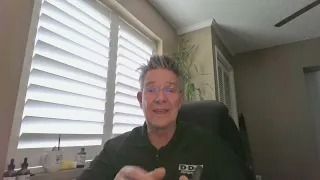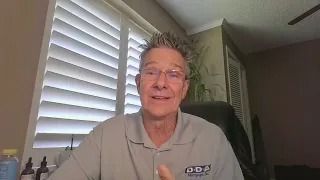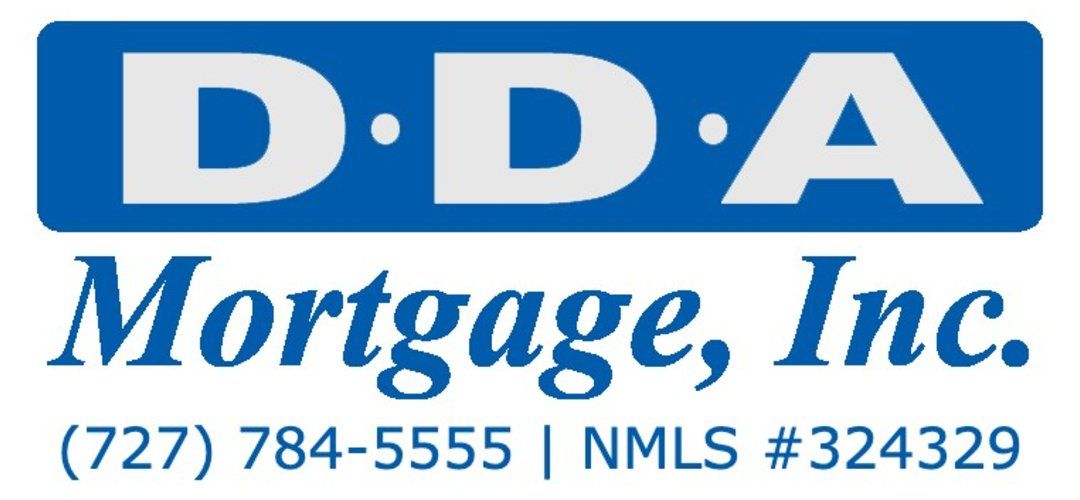Real Estate Secret - Purchase Reverse Mortgage for Your Dream Retirement Home
Real Estate Secret - Purchase Reverse Mortgage for Your Dream Retirement Home
What do you mean, the Purchase Reverse Mortgage? Yes, you can use a reverse mortgage to purchase your dream retirement home
(No way! Yes, way!)
Most people are unaware of this, but in 2009, as part of HERA (Housing Economic Recovery Act), an entirely new reverse mortgage was created specifically to assist potential homebuyers, 62 years of age and above, the HECM for Purchase.
Commonly referred to as the "Purchase Reverse Mortgage," this product allows people, entering the retirement portions of their lives, to maintain tens of thousands, and in many cases hundreds of thousands of dollars in liquidity, while still not being obligated to a monthly principal and interest payment. *
(*Real estate taxes, homeowner's insurance, and HOA fees must be paid separately)
Getting a Dream Retirement Home with a Reverse Mortgage?
So, is the Purchase Reverse Mortgage the answer to purchasing your "dream retirement home?" To answer that question factually, you would need to know exactly what a HECM for Purchase, commonly referred to as the Purchase Reverse Mortgage, truly is…
Simply put, a purchase reverse mortgage allows potential homebuyers, 62 years of age and above, to purchase their dream retirement home without the obligation of a monthly principal and interest payment for as long as at least one of the borrowers maintains the home as their primary residence.
Unlike the traditional reverse mortgage, where the client owns a home and wishes to draw equity from it, the Purchase Reverse Mortgage furnishes the client with a single lump-sum payment upfront. (At the point of sale)
The combination of this lump sum and your investment, in other words, your down payment, allow the seller of the property to be paid in full.
What are the Results?
The combination of this lump sum and your investment, in other words, your down payment, allow the seller of the property to be paid in full.
You have purchased your dream retirement home, achieving your goal of having no monthly principal and interest payment and retain tens of thousands, if not hundreds of thousands of dollars in liquidity.
Example:
- The Old Way - You purchase your dream retirement home for $300,000 cash
Your goal: to live in retirement free of a monthly principal and interest payment
- The New Way
Your down payment is approximately $150,000.00*
You secure a purchase reverse mortgage for the remaining funds. ($150,000)
- Results
You now own your dream retirement home - and you have retained $150,000.00 in liquidity to enhance the quality of your life.
*down payment is calculated based on both borrowers being 65 years old.
Actual down payment and retention of funds vary depending on the age of the youngest borrower, purchase price of the home, and interest rates at that time. Rates and terms are subject to change without notice.
Your reverse mortgage remains in effect as long as the original borrowers maintain the home as their principal residence.
The Hard Truth
So many people approaching retirement have been negatively affected by the volatile economic times in recent years. In fact, record-breaking low rates of returns on savings, CD's and annuities combined with losses taken in investment portfolios have negatively affected literally millions of seniors in this nation.
Imagine if, instead of paying cash for your retirement home, you retained 50% of the home's purchase price!
Let us use the example above.
How do you think your life would be affected if you had an "extra" $150,000.00 in cash reserves right now? And still, had no monthly principal and interest payment on your home?
- What if it was a $400,000 home and you retained an extra $200,000.00?
- What if it was a $500.000 home and you retained an extra $250,000.00?
- What if it was a $600,000 home and you retained an extra $300,000.00?
I think you get the point!
Before we discuss what you possibly could do with this extra/newfound money, let us answer some basic reverse mortgage questions:
Will I Retain Ownership of My Home?
Yes, you retain title to your home during the period when you have a reverse mortgage, just the same as with a regular home mortgage. The reverse mortgage lender is merely extending a loan to the borrower.
Because the homeowners retain the title, they remain responsible for paying property taxes, hazard insurance, and maintaining the home in reasonable condition, just as they would with a standard first mortgage or home equity loan.
Is the Interest Rate Fixed or Variable?
You can choose either a fixed or variable rate for your reverse mortgage.
When Does This Reverse Mortgage Come Due?
When none of the original borrowers remain in the home, the loan is due, or you may choose to pay off the loan early, as there is never a prepayment penalty.
The family or heirs can sell the house or refinance the house and pay off the property's loan. So, as you can see, today's FHA-insured reverse mortgage offers protections and safeguards for seniors like never before.
Will My Current Income Affect My Ability to Secure a Purchase Reverse Mortgage?
There are income qualifications for receiving a reverse mortgage, but they are not as strenuous as those in the conventional or forward mortgage world.
Is My Credit a Factor When Securing a Purchase Reverse Mortgage?
Yes, A history of not meeting your financial obligations may adversely affect your ability to secure a reverse mortgage.
How Safe is the FHA Insured Purchase Reverse Mortgage?
They are as safe as any other government-insured loan. You or your heirs retain ALL ownership rights. You continue to own your home. It is impossible to fall behind on monthly principal and interest payments because there are none to make.
Reverse Mortgages are "non-recourse" mortgages, which means that a debt CANNOT be passed to your heirs due to doing an FHA-insured reverse mortgage.
Options for the Extra Cash
So now that we know we can retain tens of thousands, and in most cases, hundreds of thousands of dollars in liquidity by using the purchase reverse mortgage, what are the possible options for this windfall of liquidity?
So much money, so little time!
- You could just give these extra funds to your financial planner and ask him to invest the money in something with little to no risk that can grow over time.
- You could purchase a single premium life insurance policy with a long-term care insurance option.
- You could purchase traditional long-term care insurance and make monthly payments. (Afterall, you don't have a monthly mortgage payment)
- You could purchase a MedicareSupplemental Policy if you are 65 years old or above.
- You could utilize in-home care services if the need is immediate or arises in the future.
- You could purchase other products or services to make the retirement portion of your life the highest quality possible!
- You could "gift" some of these funds to your children or grandchildren, who could use the help now rather than in the future.
- You could travel more.
- You could buy a new Corvette! (Have you seen the new ones?)
I'm sure you can think of many other ways to enjoy this type of windfall.
(I just wanted to give you a few ideas…)
So now that we have learned what we could do with an extra couple of hundred thousand, what could we do with an extra million, or two million dollars?
Start Your Loan
with DDA todayYour local Mortgage Broker
Mortgage Broker Largo See our Reviews
Looking for more details? Listen to our extended podcast!
Check out our other helpful videos to learn more about credit and residential mortgages.





